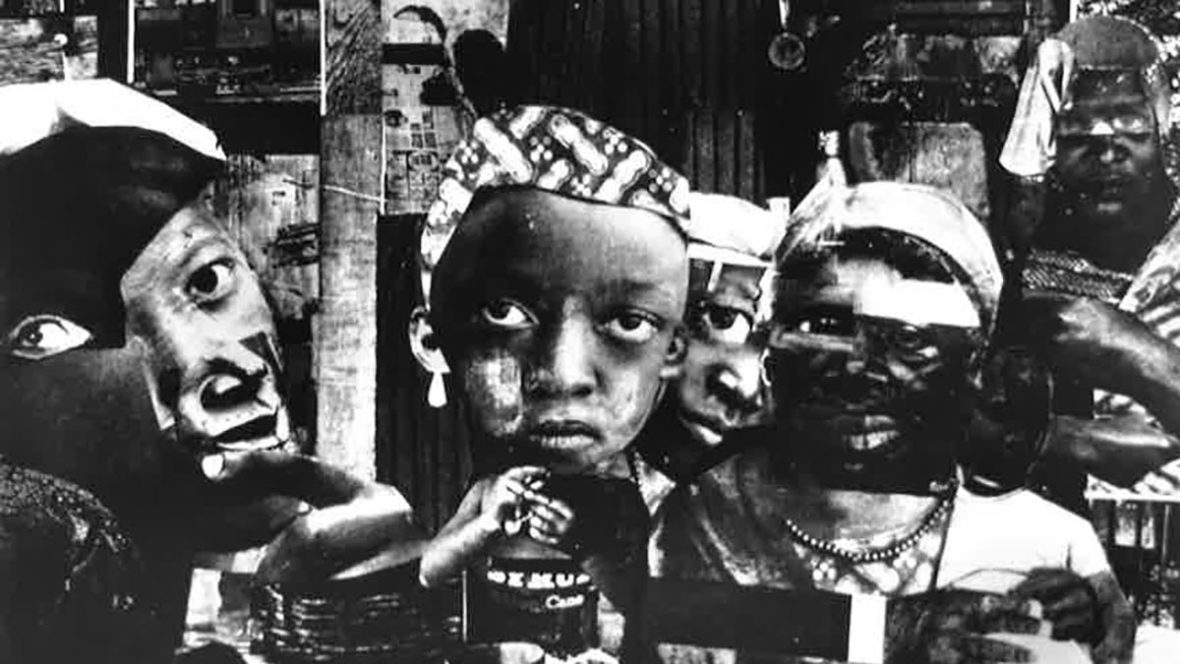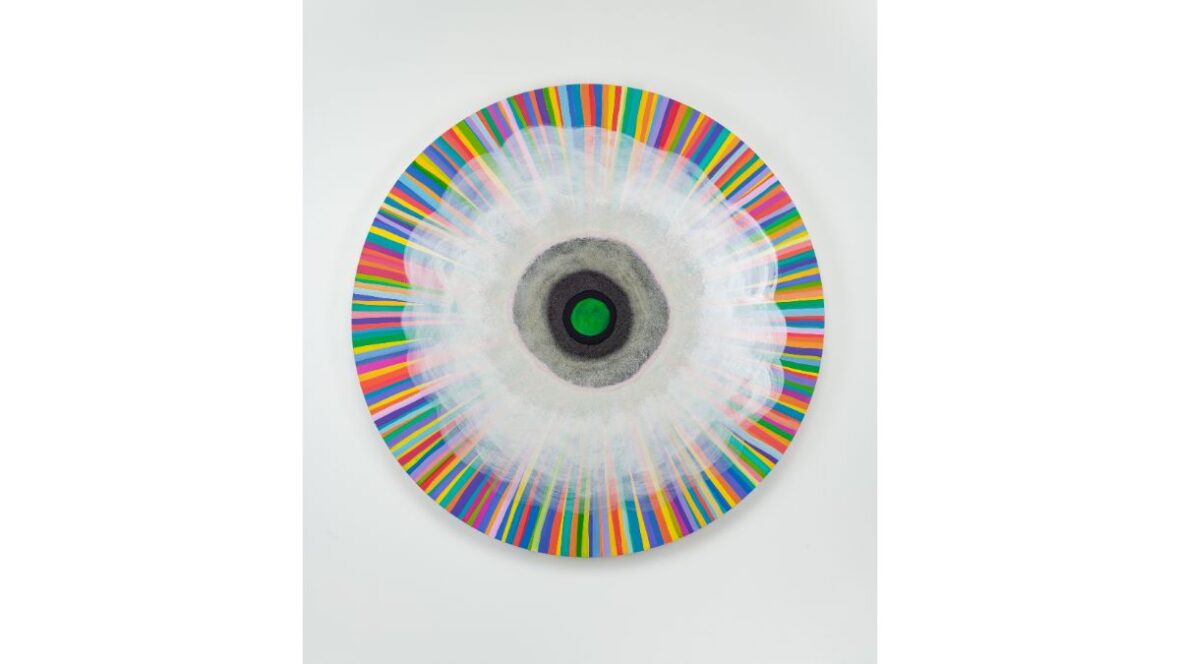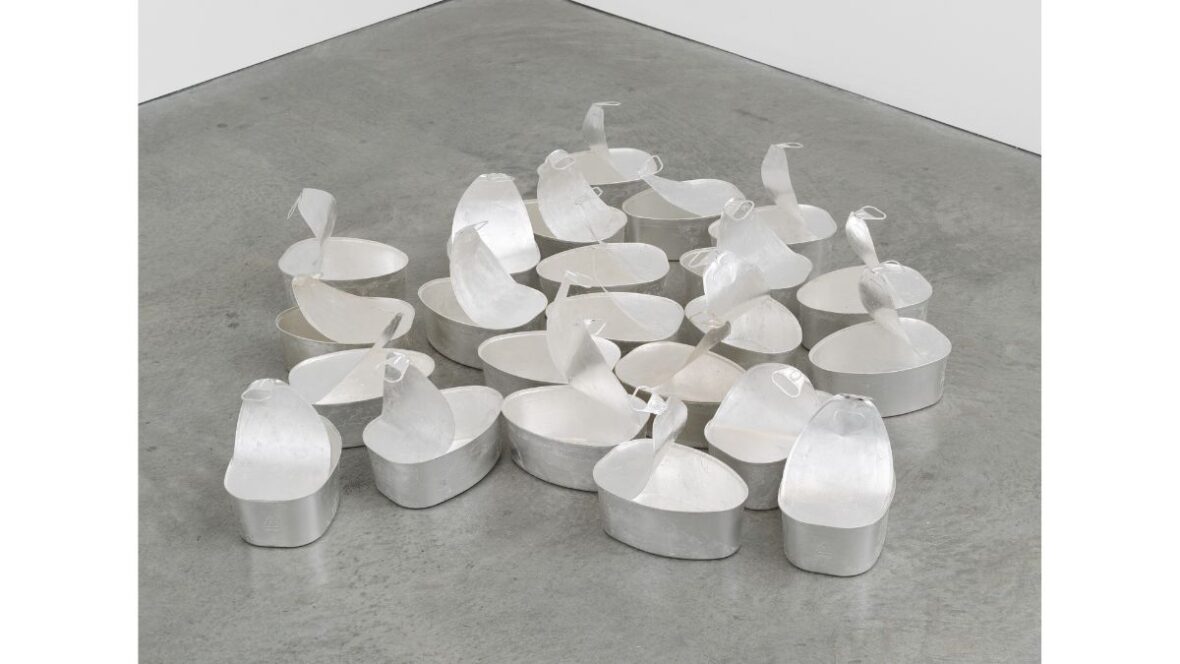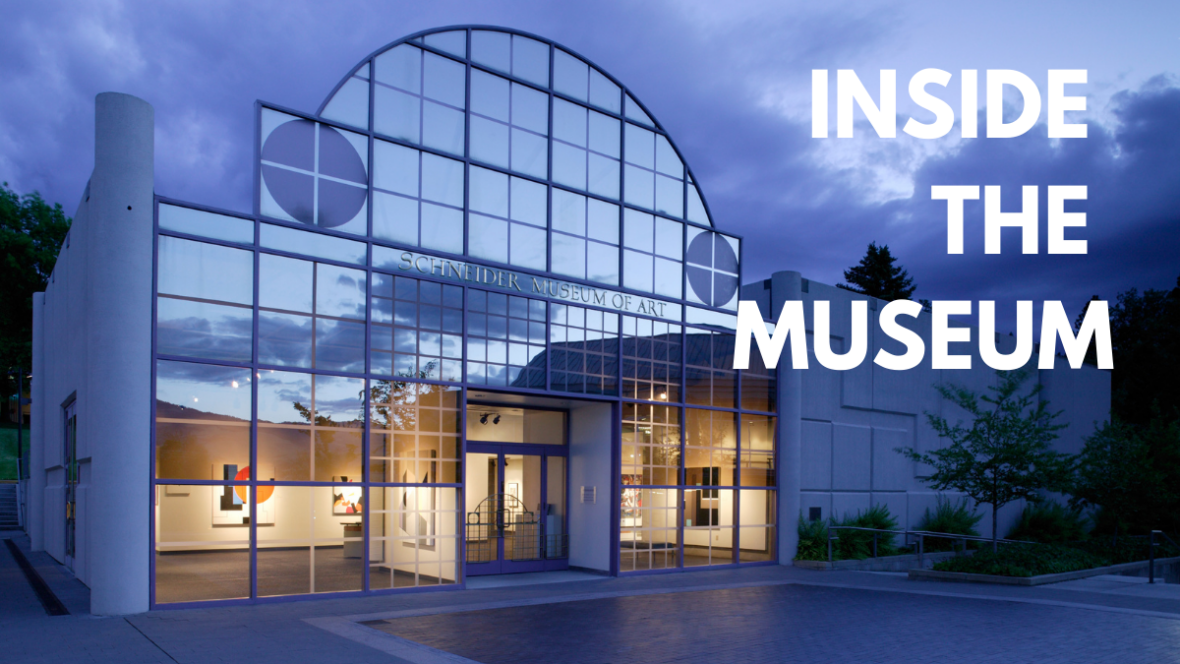Romare Bearden:
Black & White Photomontage
Artist Bio
Romare Beardon was born in North Carolina in 1911 and moved north with his family, first to Pittsburgh, and then to Harlem in New York City. He spent summers in the South, and spent time with his Grandmother in Pittsburgh, where he graduated from high school. His memories of these places stayed with him and he made art that reflected what he remembered. Beardon (called Romie) was fascinated by history and loved to tell a story.
Southern church gatherings were not only a part of his experience, but everywhere churches, synagogues, and mosques are meeting places where people gather not only for worship, but to do some good for the community. For example, African American churches were instrumental in the 1960s Civil Rights Movement; they were gathering places where speeches on equality and justice were made, and plans for peaceful action were developed.
Beardon’s art is figurative but his people are anonymous, and his images are comprised of fragments of many people, African masks, and other images that are not actual photographs of people. His subjects include how people act in groups, the stories they tell, and the rituals they perform. Some of Beardon’s Projections have biblical themes familiar to him and to us because of the culture we share. Rituals are not only practiced in churches. They can be anything that we do in the same manner every day, like the way we brush our teeth or how sports teams shake hands before the game.
Romie knew a lot about art history and his work includes symbols that have traditional meanings shared by many people. Some however, are specific to African American culture, for instance, ‘Conjur woman’ was the title given powerful African American women who could make things happen with magical potions [the equivalent of shaman].
Exhibition Statement
Bearden constructed his art from memories of his early life and summers spent in the South, teenage years in Pittsburgh, and his youth and adult life in Harlem. His Projections series incorporated this nostalgia for the rural South and the contemporary urban life of Harlem, as well as influences from the History of Art. He was inspired to make this body of work through his involvement with a group of African American artists who were looking to define the “Black aesthetic,” and how they as artists could help the civil Rights movement. Bearden concluded that it was as impossible to define a single “Black aesthetic” as it was to attempt to define a White one. Bearden was also chronicling rituals observed in his particular culture and saw them as extensions of rituals established in African, Christian and non-Christian, and European cultures. He chose to visually work through his experiences as an African American, but emphasized the universal, and the rituals we all share.
The art of Romare Bearden came of age in the 1960s, with the growing awareness of the African American experience, heritage and culture. Romare Bearden in Black-and-White: Photomontage Projections, 1964 reveals images derived from some of the very first collages Bearden ever produced. Bearden’s use of innovative techniques traces back to the beginning of his career as a master collage artist. The pieces are powerful chronicles of the African American experience and have a visual effect reminiscent of documentary films.
Organized By
The Council for Creative Projects
Artist
Romare Bearden





